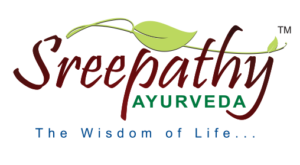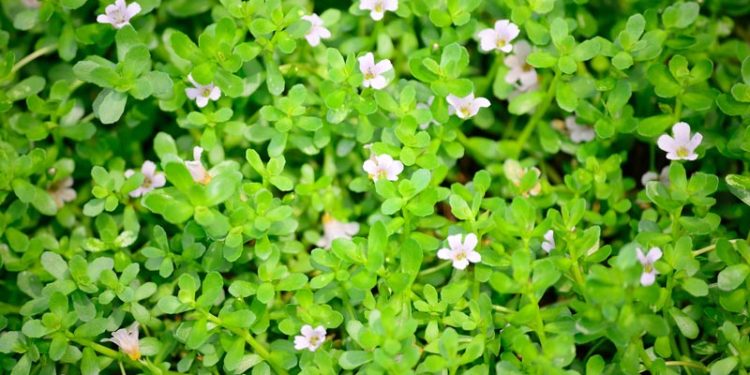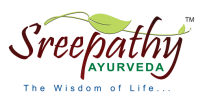Saraswatarishtam is an Ayurvedic liquid medicine used as a rasayana.
It is one of the best medhya rasayana for children.
Reference: Bhaishaja Ratnavali, Rasayana – 178-191
Saraswatarishtam dosage: 12 – 24 ml. one or two times a day, usually advised after food. If needed, it can be mixed with equal quantity of water.
Saraswatarishta benefits: Saraswatarishta is a rasayana so that it has got anti aging properties. Good for all age groups and improves immunity and strength.
It is a good memory enhancer. Classical indications of Sarasvatharishtam. This medicine has been specially formulated by Lord Dhanvantari for the benefits of students.
It improves –
- Ayu – life expectancy
- Veerya – potency, sexual capacity
- Smruti – memory
- Medha – intelligence
- Bala – immunity, strength
- Kanti – skin complexion and shine
- Deepana – improves Digestion power
- Vak vishuddhikara – it improves pronunciation, it helps to relieve all pronunciation mistakes
- Hrudya – acts as cardiac tonic, good for heart
- Rasayanavara – one of the best among all medicines of rejuvenation. Very useful in children, youngsters and old people, men and women.
- Param Ojaskara – improves Ojas. (source of immunity)
Relieves voice hoarseness, speech problems improves voice. - Rajodosha hara – useful to detoxify uterus and related organs, hence useful in female infertility.
- Shukradoshahara – cleanses and detoxifies semen. Hence useful in male infertility.
- Sarvadoshahara – pacifies all the three Doshas. Ideal for one who read and sing for long periods of time
Good for people having depleted memory, strength and immunity.
Saraswatarishta ingredients:
- Brahmi (Bacopa monnieri) – whole plant – 960 g
- Shatavari – Asparagus
- racemosus – Root – 240 g
- Vidari (Pueraria tuberosa) – Tuber – 240 g
- Abhaya – Haritaki (Terminalia chebula) – Fruit rind – 240 g
- Usheera (Vetiveria zizanioides) -Root – 240 g
- Shunti – Ginger – Zingiber officinalis – Rhizome – 240 g
- Mishi – foeniculum vulgare – Fruit – 240 g
- Water for Kashaya – 12.288 liters, Boiled and reduced to – 3.072 liters
- Makshika – Honey – 480 g
- Sita – sugar candy – 1.2 kg
- Prakshepa –
Dhataki – Woodfordia fruticosa – Flower – 240 g - Renuka – Vitex Negundo – Seed – 12 g
- Kana – Long pepper – Piper longum – Fruit – 12 g
- Trivrit – Operculina turpethum – Root – 12 g
- Devapushpa – Clove – Syzigium aromaticum – Flower bud – 12 g
- Vacha – Acorus calamus – Rhizome – 12 g
- Kushta – Saussurea lappa – Root – 12 g
- Vajigandha – Ashwagandha – Withania somnifera – Root – 12 g
- Vibhitaki – Terminalia bellerica – Fruit rind – 12 g
- Amruta – Guduchi – Giloya – Tinospora cordifolia – Stem – 12 g
- Ela – Cardamom -Elettaria cardamomum – 12 g
- Vidanga – Embelia ribes – Fruit – 12 g
- Twak – Cinnamon – 12 g
- Gold leaf – 12 g
Method of manufacturing:
Kashaya is made out of the first set of herbs. The decoction (kashaya) is filtered to a golden or mud vessel. It is added with the rest of the ingredients. It is added with a thin gold leaf of 12 grams.
The contents are kept sealed for a month time. After observing proper taste, (completion of fermentation) and after confirming that the gold leaf has disintegrated in the liquid, the contents are filtered and stored in a vessel, smeared with ghee.




Comments 2